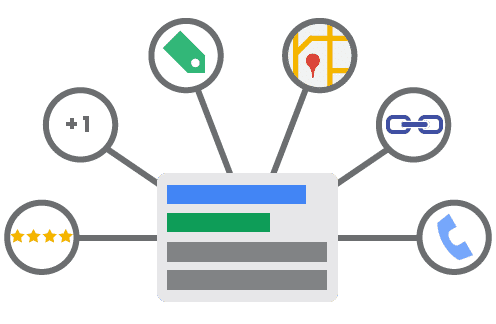8 Google AdWords Best Practices to Keep in Mind
To get the most out of your next SEM campaign, keep some of these Google AdWords best practices in mind.
Google AdWords can be a complicated beast. While it is simple on the surface – a campaign is fairly easy to set up and automate – there is so much more happening beneath that top level. Next time you plan on running a Google AdWords campaign, keep some of these best practices in mind to get even more out of it.
Take Advantage of Remarketing
There are people out there that have already expressed an interest in your product or service. They’ve come to your website and visited certain pages. By dropping a simple pixel on a specific page, you can remarket to these users – users who are, essentially, low hanging fruit – and drive more clicks (and conversions) at a lower cost.
Customize Your Messages
The messages you serve to a remarketing list need to be different than those you serve to the average user. In fact, the messaging you use in each of your keyword groups needs to vary based on the specifics of the audience (and content) that you are targeting. A generic ‘click here’ message will almost certainly be overlooked. Personalization – even just a little bit – is going to make a huge difference in your click-through rate.
Get Creative with Your Creative
It is no secret that the glory days of the banner ad are behind us. Most web users have become so accustomed to seeing ads wherever they turn that they tend to ignore virtually all of them. So, when it comes to a display campaign, let the creative juices flow. Use different colors, highlight your product and make your call-to-action as clear as possible. Standing out is going to be the best way to drive valuable clicks.
Use Your Extensions
If you have the opportunity to use extensions in your AdWords campaign, do it. Extensions are factored into your Ad Rank, and they offer an opportunity for a user to do more than simply click to a landing page. Call extensions are particularly useful if you plan on running a mobile campaign, since a user will simply have the ability to click-to-call if your product or service is relevant.

Think Mobile
Every year, mobile becomes more important to the success of an advertising strategy. When running an AdWords campaign, consider the implications of mobile, and optimize your campaign, creative and, perhaps most importantly, your landing page, with that in mind. The last thing you want to see is an extremely high bounce rate because your mobile audience landed on a page that wasn’t mobile-friendly.
Monitor Your Bids
It might seem like an easy option to let Google set the bid for your campaign, but you might be spending more per click than you need to (with a few changes). Try instead to set the bid yourself, monitor the campaign and make changes where necessary in order to ensure that you are getting the most bang for your buck.
Capitalize on Your Opportunities
Google AdWords presents you with a number of prospects – from new keywords to campaign adjustments – in the Opportunities tab. Pay close attention to what’s being recommended, as these tend to work quite well. Remember, while Google might be trying to make as much money as possible, they also need to ensure that their product adds value to those who use it. This is one way in which it does that.
Leverage Google Analytics
While there are insights available in the AdWords backend, there is plenty that can be learned from your Google Analytics dashboard as well. Be sure to link your AdWords account to your Analytics profile before beginning your campaign so that you can keep a close eye on the performance of the campaign on your website as well.







Trackbacks & Pingbacks
[…] Originally written by Corey Padveen on t2internationalmarketing.com […]
Comments are closed.